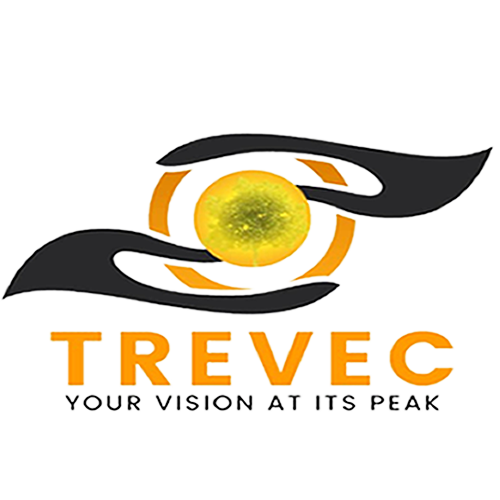As promised in our last post to provide insight and guidance that would aid you in understanding when eye twitching might be a sign of something severe and require medical attention, and so yes, there are several types of eye twitching:
TYPES OF EYE TWITCHING
- MYOKYMIA: This is the most common type of eye twitching that happens to most people. It can involve the upper eyelid (Palpebral myokymia), lower eyelid (Eyelid myokymia), superior oblique muscle, causing eye movement and twitching (Superior oblique myokymia) or facial muscles, including the eyes (Facial myokymia), but usually only one eye at a time. The eye twitching can range from barely noticeable to irritating. The twitching usually goes away quickly but could happen again over a few hours, days, or longer (Twitching that occurs in bursts or phases; Phasic twitching). It affects just eyelids, and other facial muscles can have them.
- HEMIFACIAL SPASM: This is a neuromuscular disorder usually caused when a blood vessel reflexively is controlled by one of the facial nerves. This type of twitching involves the muscles on one side of the face, including the eyelid, which might eventually affect all muscles on one side. Hemifacial spasm typically begins with intermittent twitching of one eyelid. Over time, these spasms can progress, causing the eye to close and the mouth to pull to one side. The condition often starts around the eye and gradually spreads to other facial muscles. Therefore, twitches that affect only one eye and other parts on that side of the face may be a sign of Hemifacial spasm.
- BLEPHAROSPASM: Involuntary twitching or spasms of the eyelid muscles, often affecting both eyes. Blepharospasm is of two types: Primary and Secondary.
Primary happens without an underlying cause (without a causative factor), while secondary occurs due to something else (effect of a causative factor). It affects only the eyelids and is more noticeable twitching movements of the eyelids (Macro-twitching)
Benign essential blepharospasm (BEB): This is the most common primary form of this condition. It is extremely severe because it happens due to involuntary eyelid twitching. It begins as increased blinking of both eyes and can progress to continuous, sustained eyelid closure (tonic twitching). It is more prevalent in women than men, typically peaks between ages 50-70, though it may worsen over time, significantly impacting daily life. Chronic and sustained eyelid spasms may indicate Benign Essential Blepharospasm.
- NYSTAGMUS: this is an uncontrolled movement of the eyes that occurs because of how the eyes follow movements or moves (oscillation). However, some forms of Nystagmus are common, while others are situational. An example of situational Nystagmus can occur when you are tired or consume alcohol enough to cause intoxication and more. Nystagmus can also be a sign of certain eye diseases that affect the eyes only (either one or both)
- FASCICULATIONS: usually small, subtle twitching movements of the eyelids (Micro-twitching) characterized by brief, intermittent spasms, is often subtle and so hard for others to notice. While typically affecting facial muscles, especially around the eyes or eyelids, it usually poses no serious threat to vision. However, in rare instances, it might signal underlying neurological conditions impacting the eyes, nerves, or brain.
It’s important to note that some types of eye twitching may be related to underlying medical conditions, so if you’re experiencing persistent or severe eye twitching, consult an eye care professional for proper evaluation and guidance at TREETOP VISION EYE CENTRE (TREVEC), the best eye clinic in Utako, Abuja.
TREVEC CARES!!!



How insightful
Thank you
Thank you. Very insightful
Wow, nice one
Thank you
You’re welcome